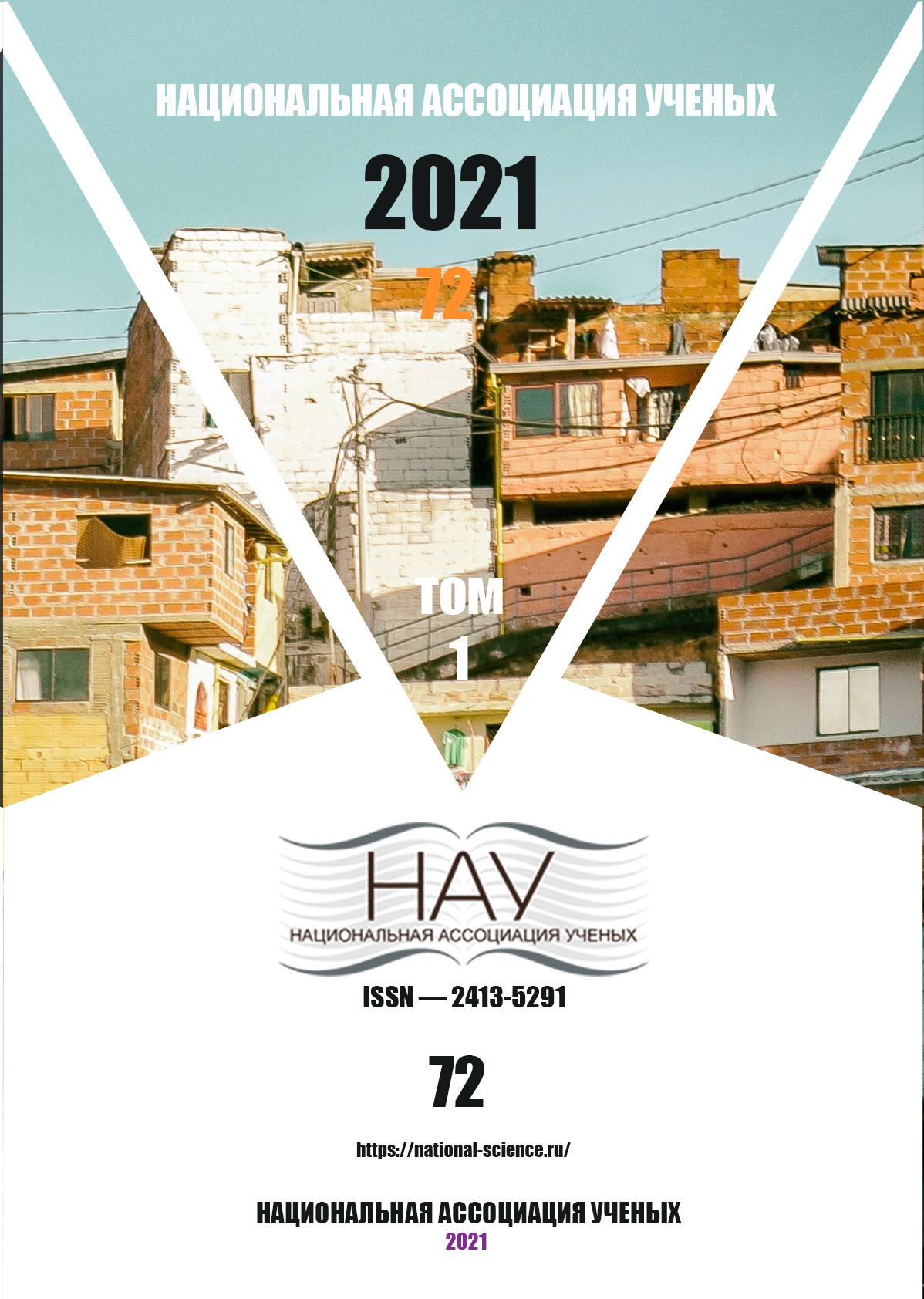«DIFFERENCES OF THE INVOLVEMENT OF A MINOR IN THE COMMITING OF ACTIONS DANGEROUS TO THE LIFE OF A MINOR FROM RELATED CRIMES»
Keywords:
minors, criminal liability, life-threatening, involvement.Abstract
The article is devoted to the delineation of the crime under Article 151.2 of the Criminal Code of the Russian Federation from other related crimes. The article deals with the subjective and objective aspects of crimes that are related in composition to the crime under Article 151.2 of the Criminal Code of the Russian Federation. Since the elements of crimes under Article 150, Article 151, Article 151.1 and Article 151.2 of the Criminal Code of the Russian Federation are similar, it is important to draw a line between them, to highlight the nuances that distinguish the norm in question from the rest.
References
Criminal Code of the Russian Federation of 13.06.1996 No. 63-FZ (ed. of 04.11.2019) // Collection of Legislation of the Russian Federation. 1996. №. 25. St. 2954.
Gustova E.V. Novellas of criminal legislation: problems of construction and application // Journal of Russian Law. 2018. No. 11. P. 129 – 137.
Didenko N.S., Sementsova I.A. Normative and regulatory aspects of the qualification of a crime provided for in Article 151.2 of the Criminal Code of the Russian Federation. 2020. №. 2 (93). P. 116-119.
Zhuklina K.E. Criminal-legal characteristics of the involvement of a minor in the commission of actions that pose a danger to the life of adults (Article 151.2 of the Criminal Code of the Russian Federation). Bachelor's work. Krasnoyarsk. 2020. 51. p.
Korovin E. P. Some theoretical and practical problems of qualification of the crime provided for in Article 151.2 of the Criminal Code of the Russian Federation. 2018. №. 6. 69. p.
Rarog A.I. the Subjective side and the qualification of crimes. M., 2001. 133. p.
Sementsov I.A. Topical issues of criminal liability for involvement of minors in the Commission of acts that pose a danger to the life of minors // Science and education: economy and Economics; entrepreneurship; law and management. 2020. № 3. P. 129 - 132.
Downloads
Published
Issue
Section
License

This work is licensed under a Creative Commons Attribution-NoDerivatives 4.0 International License.
CC BY-ND
A work licensed in this way allows the following:
1. The freedom to use and perform the work: The licensee must be allowed to make any use, private or public, of the work.
2. The freedom to study the work and apply the information: The licensee must be allowed to examine the work and to use the knowledge gained from the work in any way. The license may not, for example, restrict "reverse engineering."
2. The freedom to redistribute copies: Copies may be sold, swapped or given away for free, in the same form as the original.





